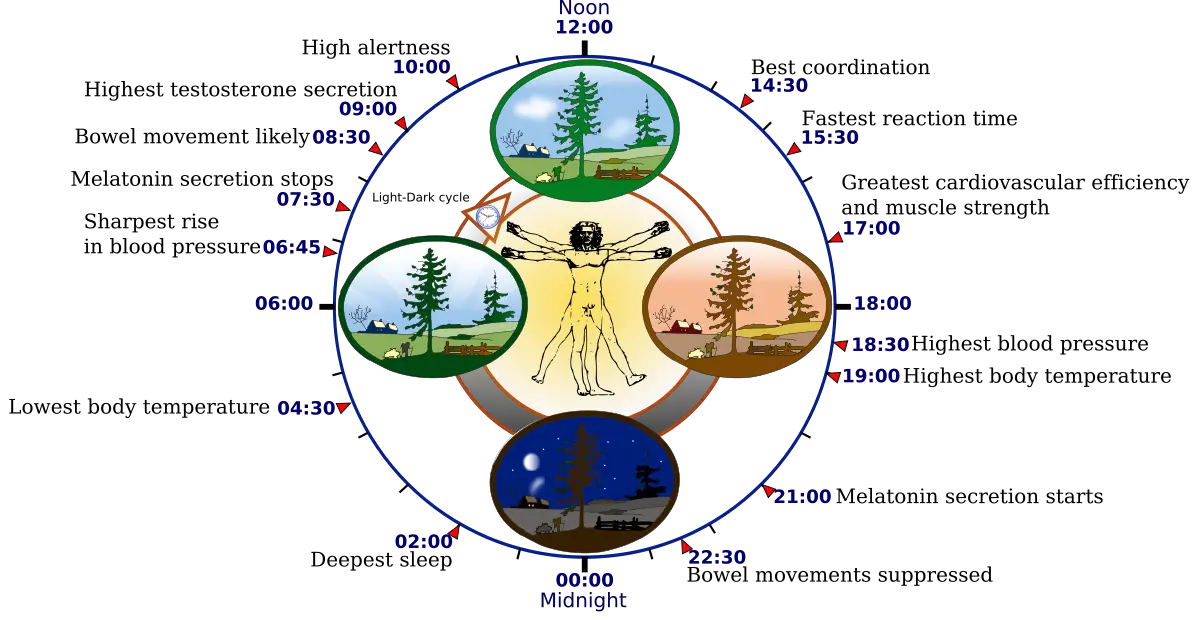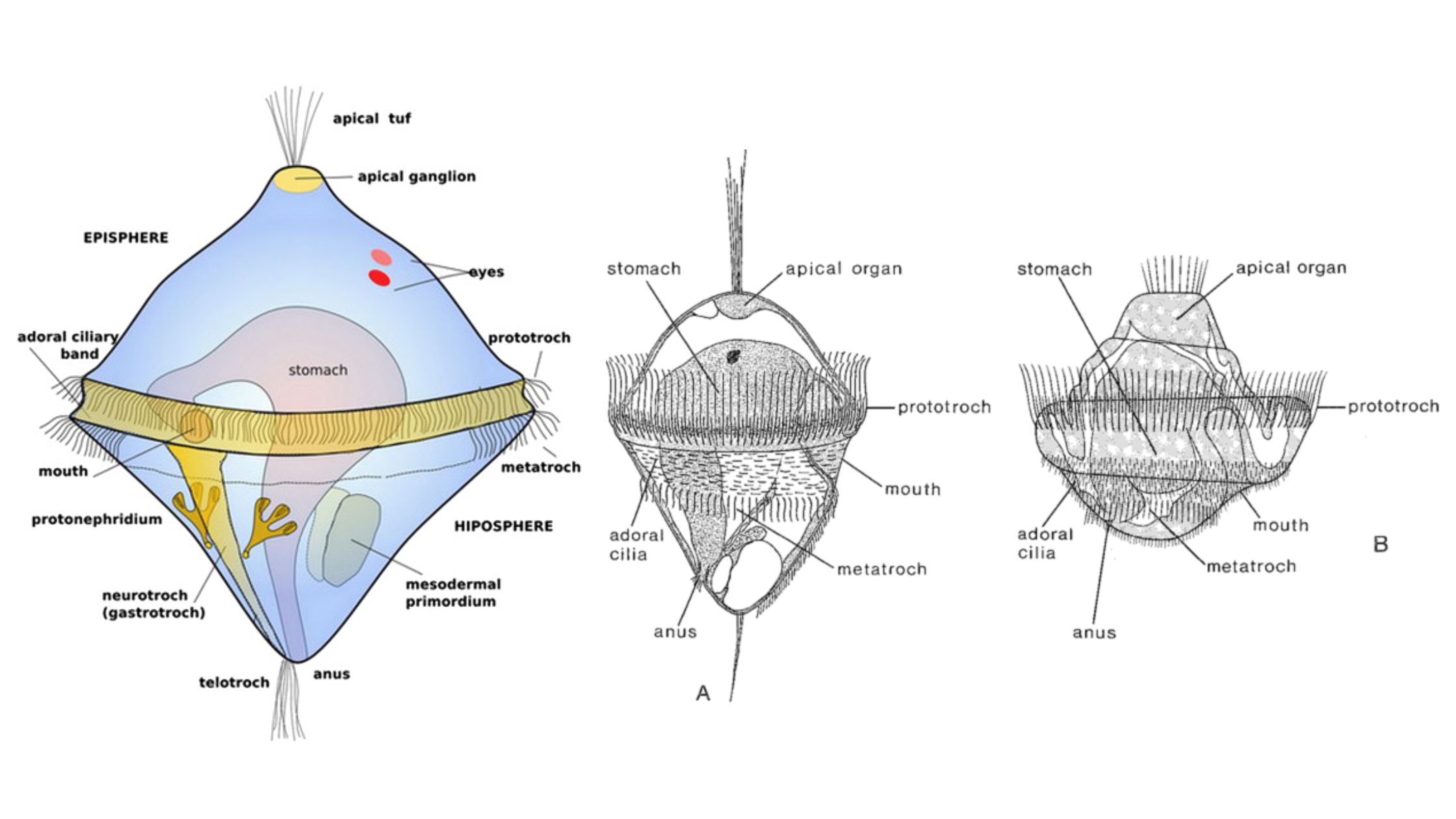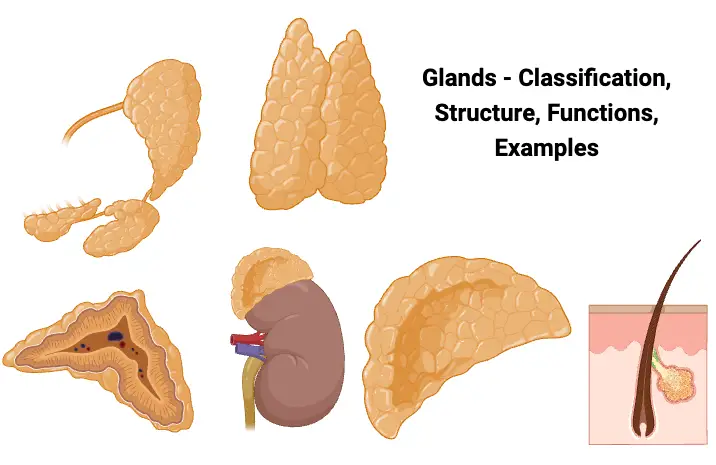Induced Breeding In Fishes – Principle, Mechanism, Procedure, Advantages
What Is Induced Breeding (hypophysation)? Induced breeding is the process in which fishes are stimulated to reproduce under controlled conditions when natural spawning does not occur in captivity. It is the technique where hormonal preparations are used to activate the maturation of gonads and to release the gametes. This is referred to as hypophysation because … Read more









